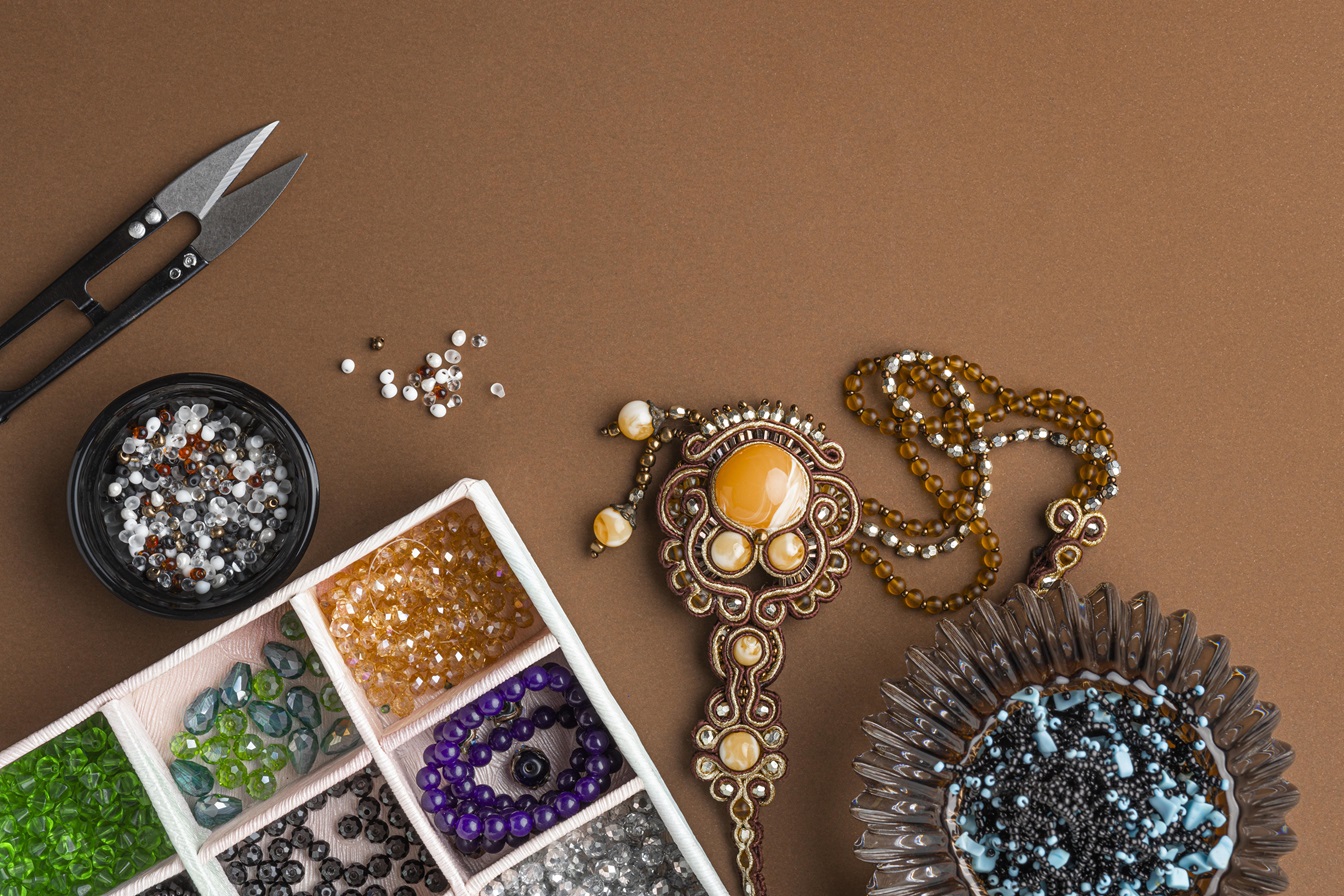
Essential Considerations for Handmade Jewelry Making
Handmade jewelry crafting is an intricate art form that requires creativity, precision, and a deep understanding of materials. Here are the key aspects to consider:
1. Material Selection
Choosing high-quality materials, such as gemstones, precious metals, and durable beads, is crucial for ensuring long-lasting pieces. The materials should not only be visually appealing but also ethically sourced, as customers increasingly value sustainability.
2. Design and Aesthetics
Originality is the hallmark of handmade jewelry. Aim for designs that stand out and offer uniqueness in the market. Consider trends but focus on timeless aesthetics that will have a broader appeal. Sketching out your design and experimenting with prototypes allows for refining the piece before final creation.
3. Attention to Detail
Precision in craftsmanship is key to producing high-quality jewelry. This includes careful soldering, setting stones securely, and polishing for a flawless finish. Every component, from clasps to chain links, should be robust and seamlessly integrated to avoid weaknesses in the final product.
4. Comfort and Wearability
Jewelry should not only look good but feel comfortable to wear. Consider the weight, size, and how each piece interacts with the body. It’s important to make pieces that are ergonomic, ensuring they don’t pinch, pull, or weigh down the wearer during extended use.
5. Pricing Strategy
Handmade jewelry often carries a premium due to the craftsmanship and time invested. Pricing should reflect the quality of materials, the complexity of design, and the time required for production. However, it is also important to balance this with market trends to stay competitive.
6. Branding and Storytelling
Handmade jewelry thrives on the personal connection between the creator and the buyer. Highlighting the story behind each piece—whether it’s inspired by a personal journey, cultural heritage, or artistic expression—creates a unique selling point that attracts customers looking for more than just a product.
7. Consistency and Quality Control
Maintaining consistency across your products ensures reliability. Set up a system for quality control, checking each piece for defects and durability. Handmade jewelry must meet high standards, as customers expect excellence in both design and craftsmanship.
8. Legal and Ethical Considerations
Familiarize yourself with local laws regarding handmade goods, including labeling requirements and taxes. Ensure that your materials, especially gemstones and metals, are sourced from ethical suppliers, as transparency and fair trade practices are increasingly important to today’s consumers.
9. Marketing and Presentation
The way your jewelry is presented to the customer plays a huge role in its perceived value. Invest in good photography that highlights the detail and craftsmanship of your pieces. Packaging should also reflect the luxury and care that goes into your creations.
By paying attention to these critical factors, artisans can craft high-quality, unique handmade jewelry that resonates with customers and stands the test of time.
